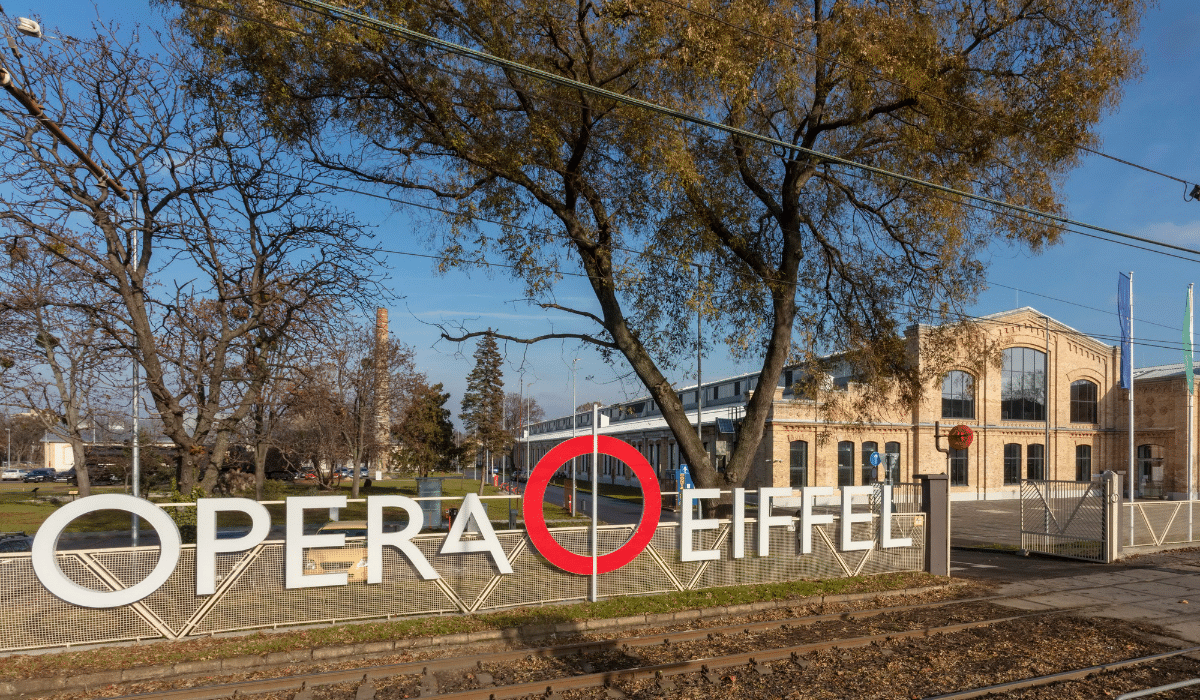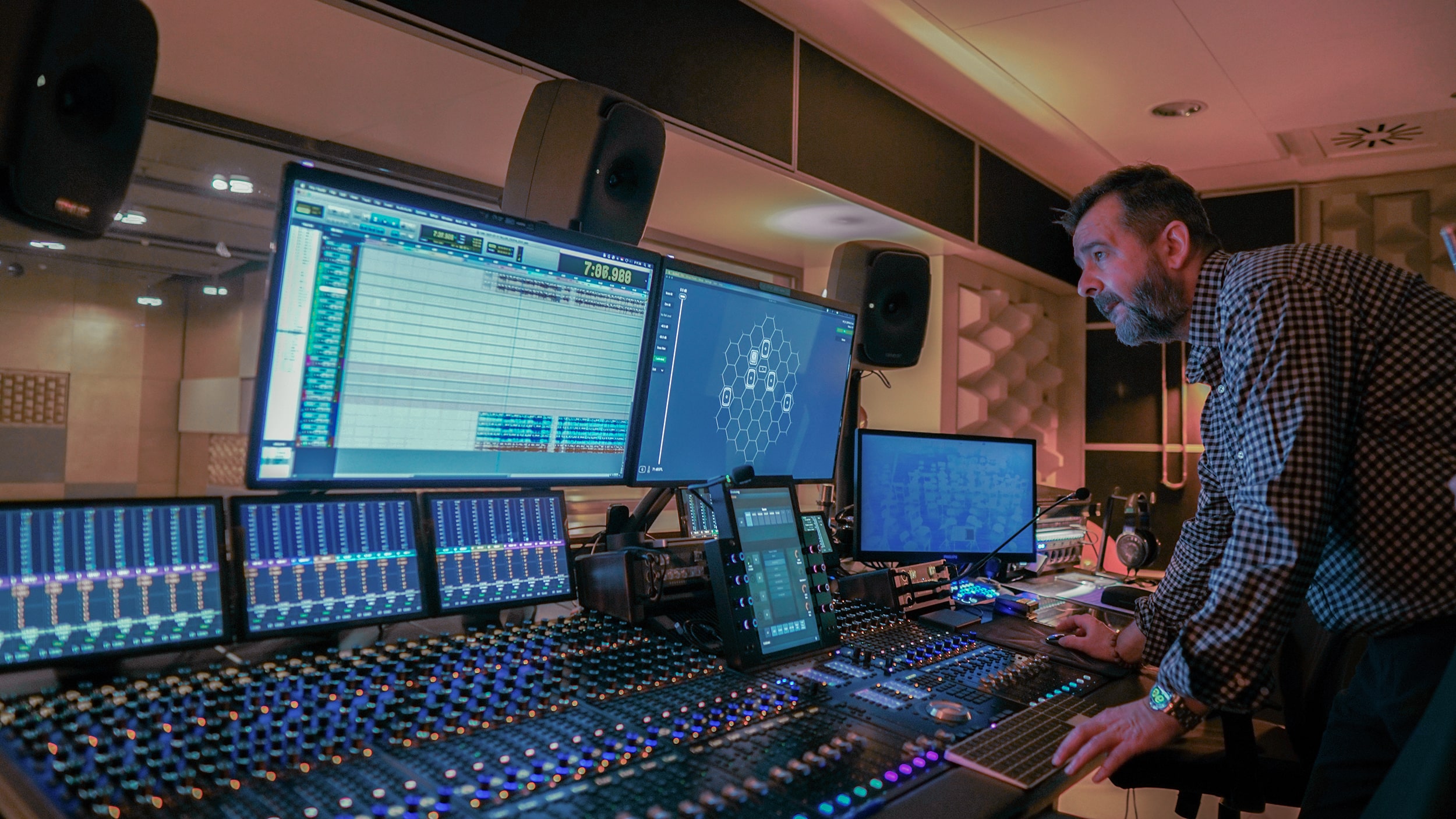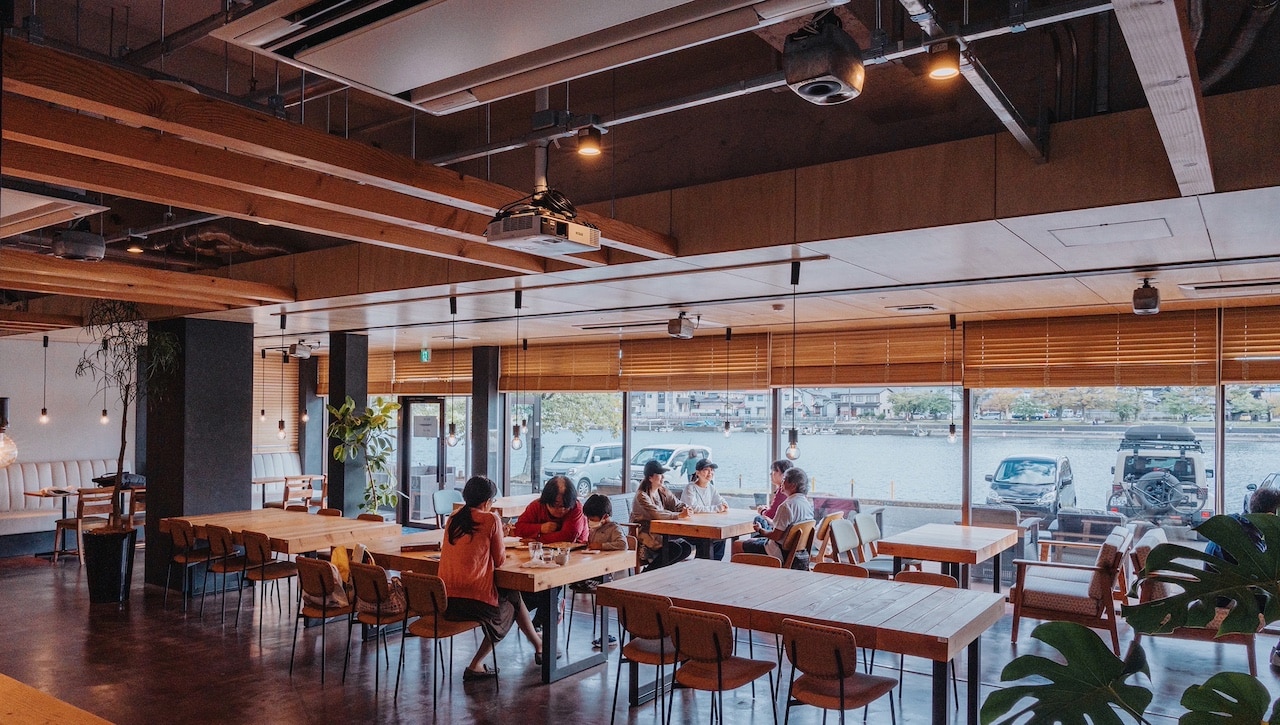
The Hungarian State Opera’s new logistics and art centre is the country’s largest cultural development project of the decade.
The transformation of Hungary’s largest indoor railway complex has created a space for workshops, rehearsals and a full recording studio for the State Opera. Known as Eiffel Hall, the space pays tribute to the 200-year history of Hungarian opera culture and the venue’s industrial past, but at its heart it also highlights the very best in modern sound technology, thanks to Genelec monitors.
The decision to build a recording studio gives the State Opera the opportunity to create exactly the space it needs, resulting in a colossal recording complex where changes can be made from any area.

Kondás Ferenc from the Hungarian State Opera explains: “We’re able to record from each room in the studio. The studio has been designed so that you don’t have to go down to the big room for minor sound corrections. If a correction to a vocal or instrumental performance is needed, it’s happening right there. Or if an advertising voiceover or narration needs to be recorded, it’s also happening there – we wanted everything to be easily accessible.”
The 5.1 recording space has been equipped with five 8341 three-way coaxial monitors and one 7370 subwoofer in the control room, run digitally via a 9301 multichannel interface. Additionally, a pair of 8040 two-way monitors are used with an iMac for quick recordings in the control room, while another stereo pair of 8040s are employed in the live area.
GLM calibration software was employed to individually optimize the 5.1 monitoring system in the Friscay Studio for different listening positions. “We measured using GLM in three different places; in the sound engineer’s position, in the musical director’s position, and in the place where the composer or conductor would be listening,” Ferenc adds. “The conductor or composer can’t fit with the score beside the sound engineer, so they sit behind them, and that’s why this third set-up was created. In the studio we’ve created 2.0 and 5.1 settings in GLM, but for recordings and live streams we normally use the 2.0 setting.”

Building a studio of this stature in a busy city will always have its challenges, particularly when there’s a two-way tram track that runs directly outside the building. “The hardest part was finding a solution for the low frequencies, and having trams run outside puts us at a disadvantage,” explains Ferenc. “The team at our acoustic consultants Arató Akusztikai Kft solved this problem by building a “box-within-a-box” system. Under the inner floating floor is a rubber layer, and the inner light structure wall is fixed to the main wall with vibration isolation elements. As a result, this building system excludes the noise of the road and trams.”
The end result has certainly created a breathtaking set up for both the install team and musicians: “Even the conductors were surprised to feel the effect of what they were doing on the podium, and they could genuinely hear the result of their baton!” says Ferenc. “The composers also heard more of their pieces than when they played the score in their mind and imagined how it was going to sound. But everybody was satisfied – one of the lead singers said that when he listened to his microphone played back, he could not only hear it perfectly, but he could also feel every vibration.”

Reflecting on the new facility, Ferenc is delighted with what can now be achieved. “The Hungarian State Opera never had a studio like this before. The musicians and the sound engineers are satisfied, with lots of recordings and streams happening since the studio was completed. The act of creating a record isn’t about compromise. It’s about artistic freedom, which represents added value in the final product.”





















